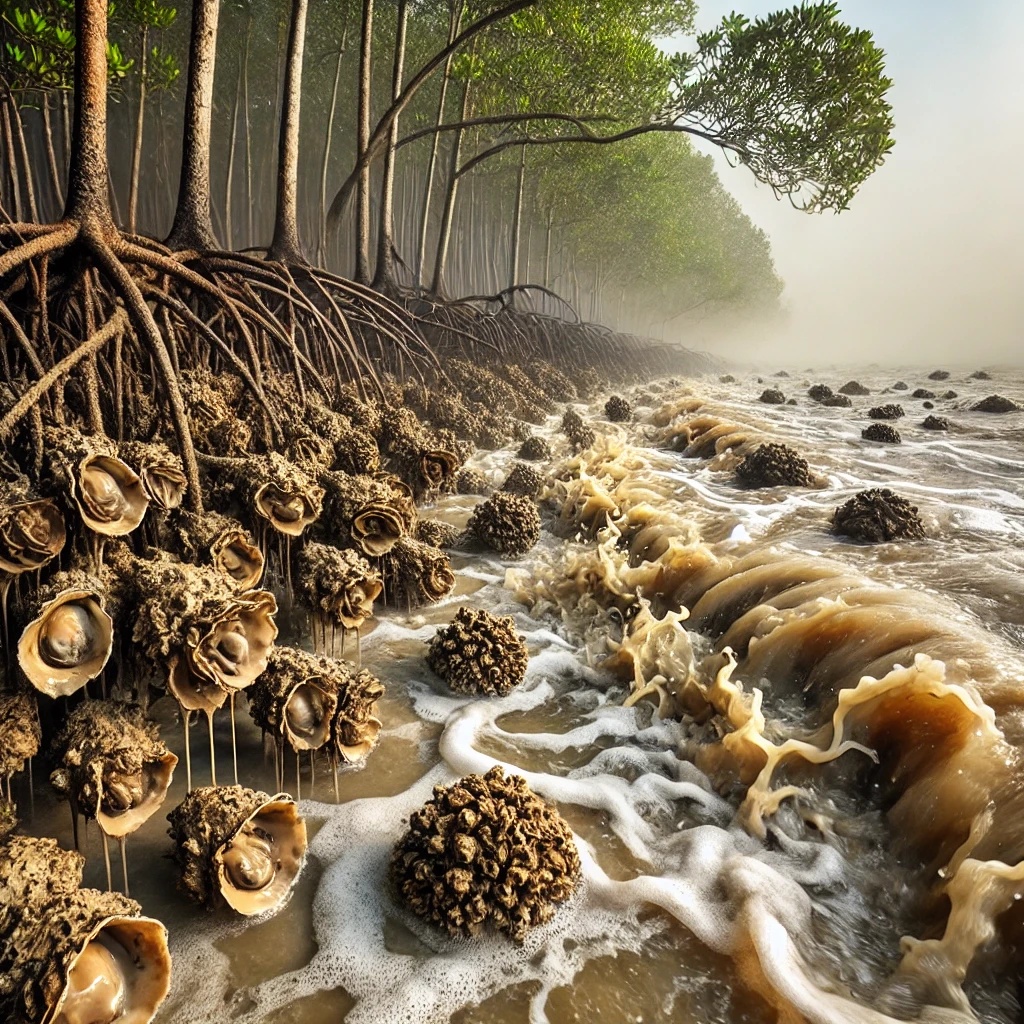The impact of several years of uncontrolled alluvial gold mining in Ghana needs not telling if you have sighted any of the large estuarine ecosystems recently. The water is excessively murky, or milky for a more vivid description. This colour is due to the high level of suspended silt from the washing and churning of river beds, carried downstream by river currents. The scientific measure is called Turbidity. High turbidity has a lethal impact on oysters, which are of exceptional nutritional value to several thousands of women and their household in Ghana's coast. Oysters die off when turbidity is extremely high and remains so for a long time. This is as a result of clogged gills limiting oxygen intake coupled with reduced or no feeding over the period. For as long as these oysters are dying, there is a direct repercussion on the livelihoods and nutrition of many who ordinarily do little to cause such ordeal, and thus, are at no fault. Critical and decisive actions are needed, and now, to safeguard our food and livelihoods!
Home
About Us
Knowledge
Shellfish Network
Shellfisher Associations
Projects
Conversation
News & Stories
Let Us Know
Support Us
Country
Profiles
Country
Networks
Country
Associations
Conversation Topics
Indiscriminate Alluvial Gold Mining in Ghana - A Major Threat to Oyster-based Nutrition
Posted
1 year ago
View(s)
90
Like(s)
3
Comment(s)
5
Part of
Environments
topic
By Ernest Obeng Chuku

5
replies
